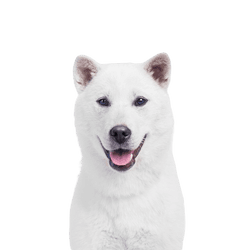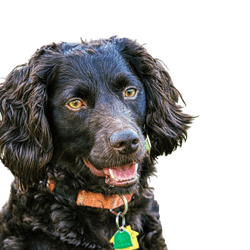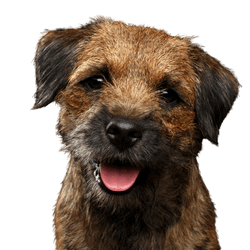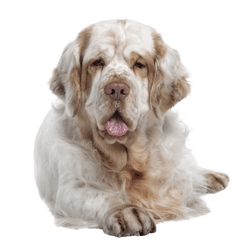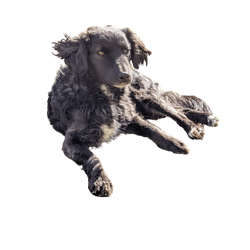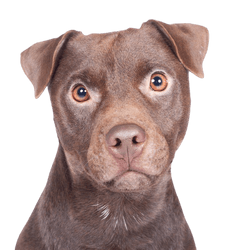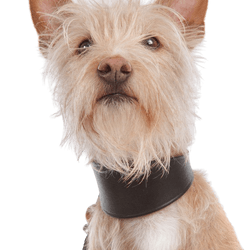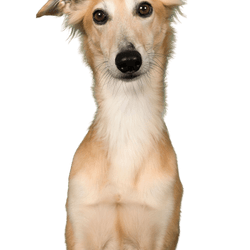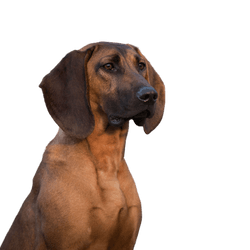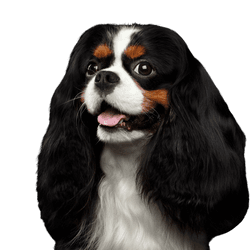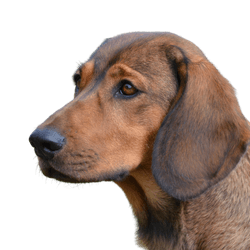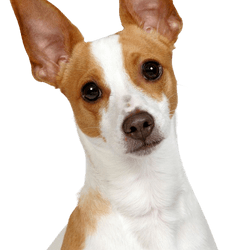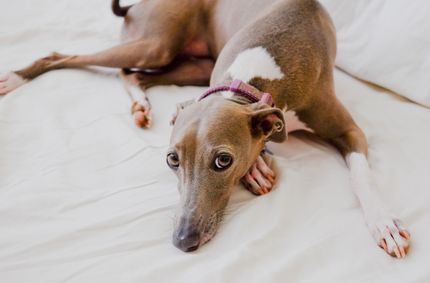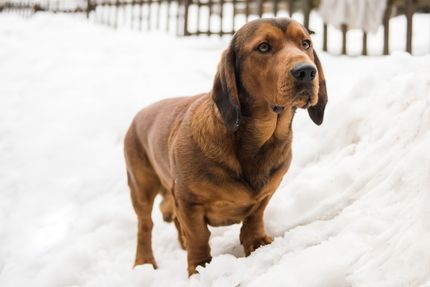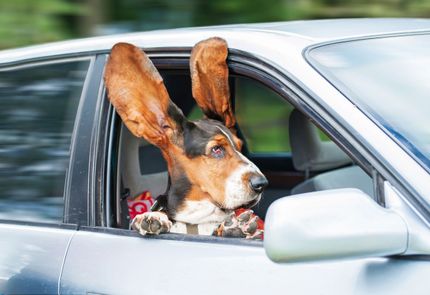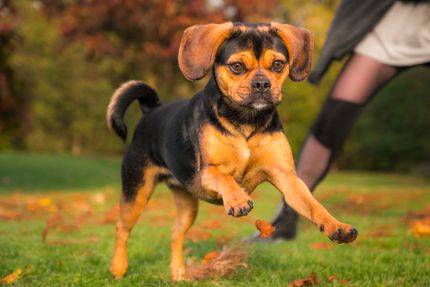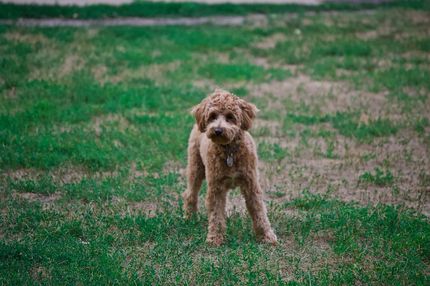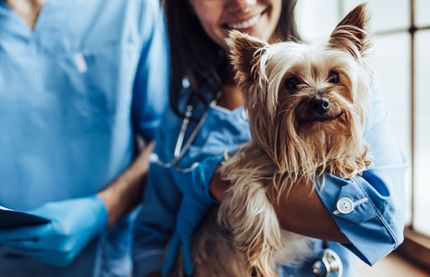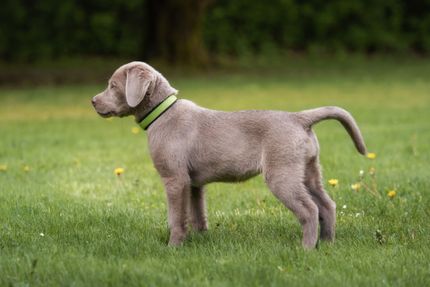
Shikoku Breed description: Character & Co
Shikoku
Facts & Origin
The Shikoku is an adventurous Spitz with a lot of energy. Due to its noble appearance, the dog enjoys great popularity. In its native Japan, the rare breed is even revered as the national dog.
Origin and use of the Shikoku
The Shikoku originates from Japan and its origins go back to ancient times. Even then, ceramic figurines were made that looked very similar to the dog breed. On the Japanese island of Shikoku, which gives the breed its name, the Smooth Chow was crossed with the now extinct Nippon Inu. The aim was to breed a robust hunting dog. In the mountainous regions of Kochi Province, the Shikoku was used to hunt wild boar and bear. Today, the dog breed is mainly kept as a companion and family dog.
Shikoku Inu Breed Characteristics
In 1982, the Shikoku was officially recognized by the FCI. The dog breed can be found there in group 5 "Spitz and primitive type dogs", section 5 "Asian Spitz and related breeds".
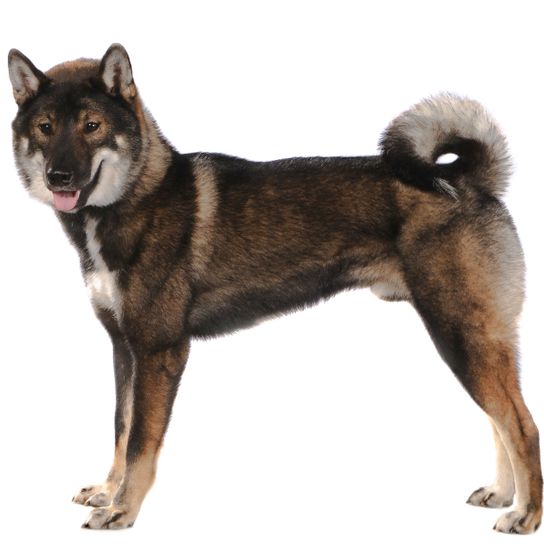
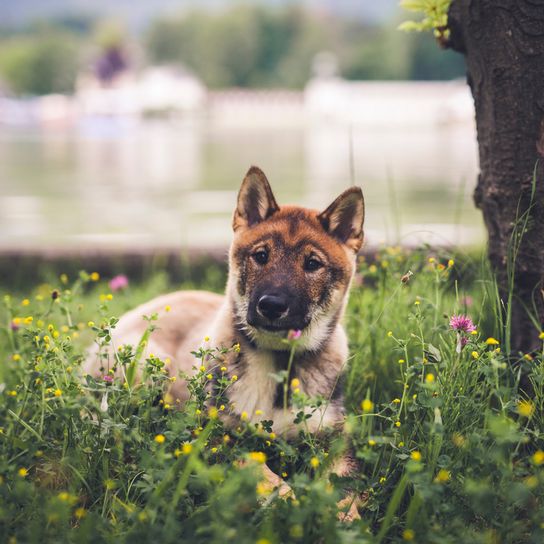
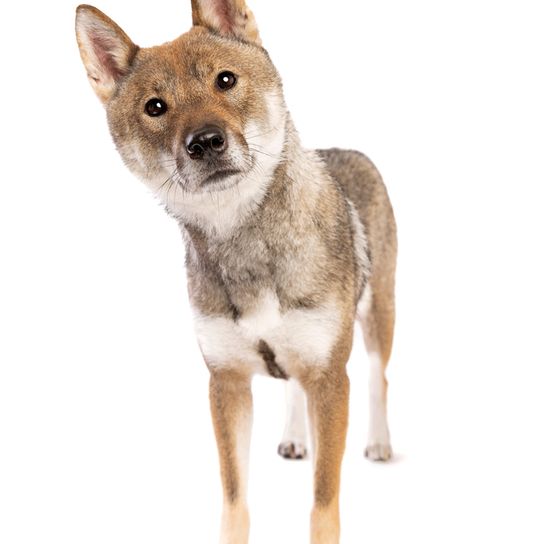
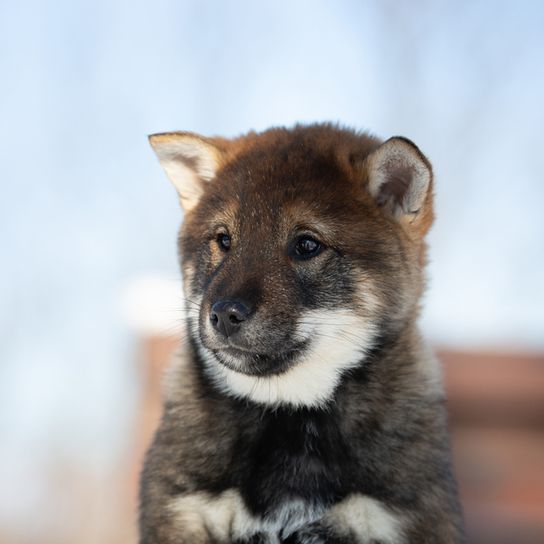
| Alternate Name | Kōchi-ken |
| Origin | Japan |
| Life expectancy | 10 - 12 years |
| Care requirements | - |
| Activity level | average |
| FCI group | Asian Spitz and related breeds |
| AKC group | not recognised |
| KC group | not recognised |
Attitude, character and temperament of the breed
Typical Characteristics of the Shikoku
The Shikoku is a very friendly dog with a natural temperament. It will be loyal to you, but still has a mind of his own. Its versatile character can be described as follows:
- persistent
- alert
- energetic
- alert
- courageous
- stubborn
- independent
- intelligent
- loyal
- playful
- dominant towards conspecifics
- reserved towards strangers
Character
Usage
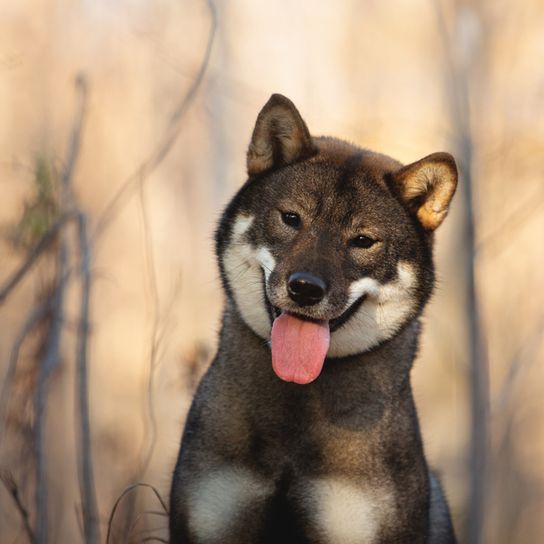

Health and breeding information
Typical diseases of the Shikoku Inu
The Shikoku is a very robust dog, with which no breed-typical diseases are known. However, he needs a lot of exercise to prevent it from developing overweight, which is detrimental to its health.
Husbandry of the Japanese dog
The Shikoku has a lot of energy and loves to spend time in the fresh air. Daily walks and long explorations are therefore a must if you choose this dog breed. The intelligent four-legged friend also needs meaningful activity so that he does not get bored. Since the Shikoku has a strong hunting instinct, free running should only take place in secured areas. To train this headstrong dog, you will need a lot of patience, understanding and the right amount of consistency. Since the dog prefers a natural environment, its rather not suitable for apartment keeping in the city.
Breeding the Shikoku
The Shikoku is a very rare dog breed. Since he is bred mainly in Japan, it is very difficult to find a puppy in Germany. The German Club for Nordic Dogs e.V. can help you to get in contact with a serious breeder. However, you should not be afraid of a longer journey, because Shikoku puppies can often only be bought abroad, for example in the Netherlands.

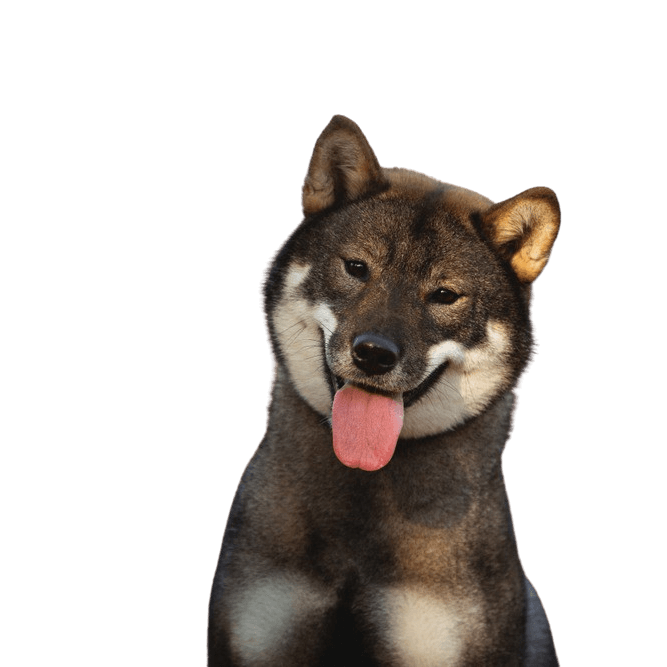
Appearance and coat of the Shikoku
The Shikoku is a muscular dog with even proportions. The broad forehead, thick, strong neck, straight back, deep chest, and strong legs make his build appear compact. The small, triangular ears are carried erect by the Shikoku. Its dark brown eyes take on an almost triangular shape. The dog's nose is black and its bite is strongly pronounced. The thick, high set tail of the Shikoku is curled up or sickle shaped over its back.
The coat of the Shikoku consists of a hard, straight outer coat and a soft, dense undercoat. It is short on the body and slightly longer on the tail. The color of the coat is called sesame and is a mixture of white, black, and red hairs.
Size of the Shikoku
The Shikoku belongs to the medium-sized dogs. Male dogs reach a shoulder height of 49 to 55 cm. With a shoulder height of 43 to 49 cm, females are slightly smaller than their male counterparts.
Weight of the Shikoku
The weight of the Shikoku varies in both males and females depending on size. An adult Shikoku can weigh 16 to 25 kg.
Age of the Shikoku
With good care and appropriate husbandry, the Shikoku can live 10 to 12 years. A healthy diet and sufficient exercise promote the life expectancy of the dog.
| Fur length | medium |
| Fur | - |
| Ear shape | Standing Ears |
| Tail | rolled up |
| Anatomy | strong, sporty |
| Size ♀ | 43 - 48 cm |
| Weight ♀ | 15 - 20 kg |
| Size ♂ | 43 - 49 cm |
| Weight ♂ | 16 - 25 kg |
| Suitable For | - |
Colors
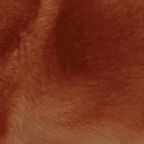
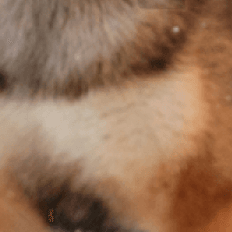

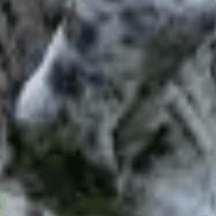



Known Diseases
Overweight
Often, unfortunately, the dogs very much under excess weight. But the dogs themselves are never to blame!
Other medium dogs
Useful Articles
You can find articles that might interest you in the dogbible blog to match your favorite breed.
Visit our magazineto stay up to date on dog trends.
To find out more, view our Privacy Policy
Find here the breed that suits you and find out what character traits it has. Here you can also learn more about the origin, size and weight of your favorite breeds.
Matching your favorite breed, you'll find articles that might interest you on the dogbible dog blog.
Designer dogs - These "breeds" are particularly popular and originated from two different breeds


